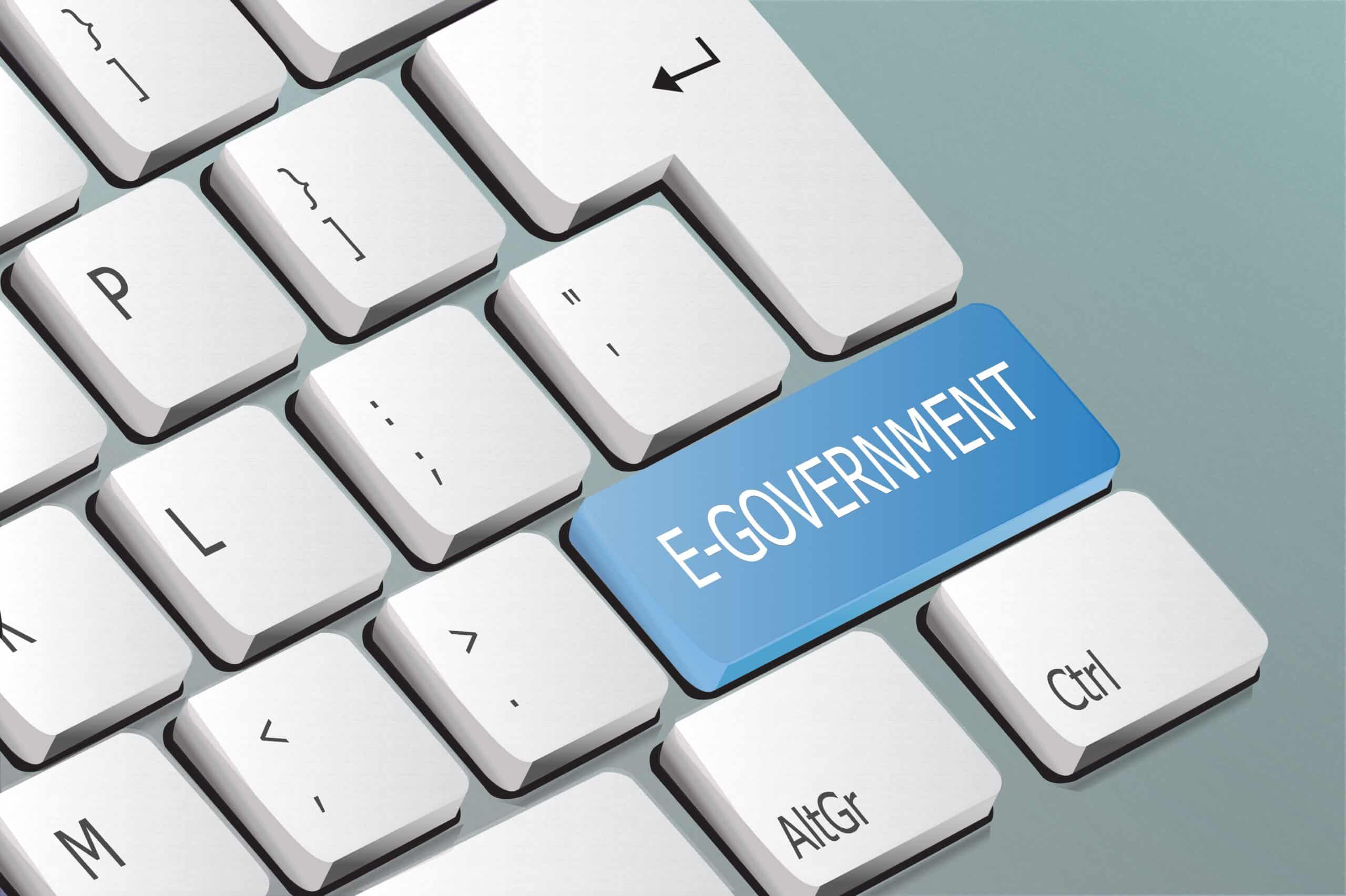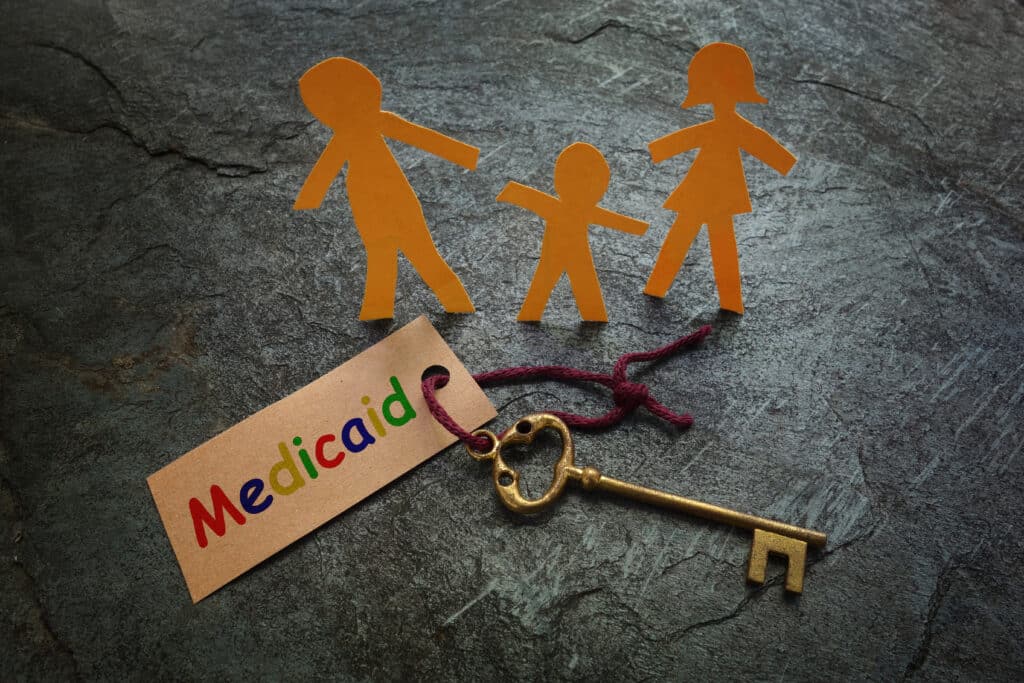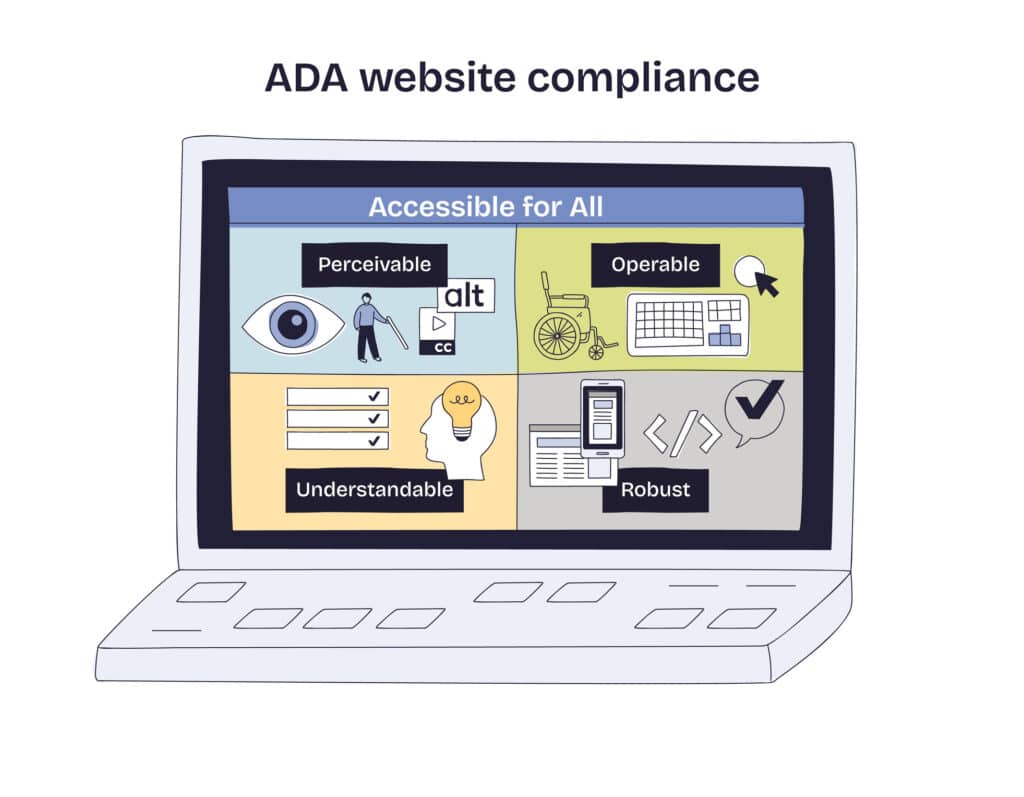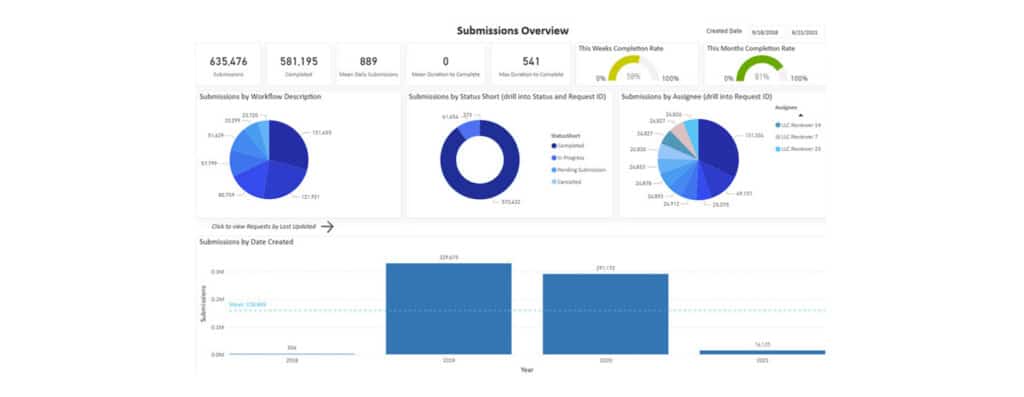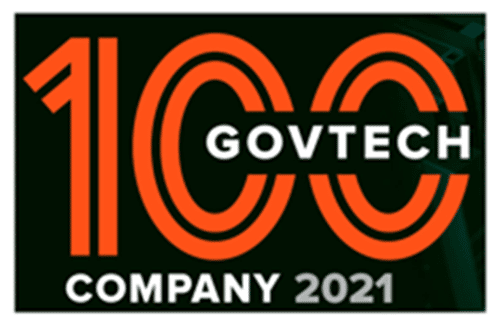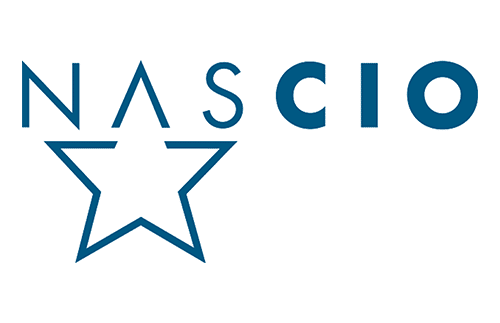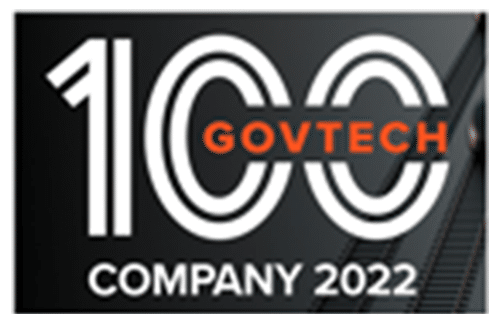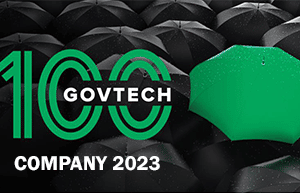As we shared last month, the federal government has made improving public services through technology a formal mandate with the Trump Administration’s unveiling of the America by Design initiative, at the center of which is the creation of the National Design Studio, whose mandate is to transition government to “an Apple Store–like experience”—“beautifully designed, great user experience, run on modern software,” according to its main website.
While the America by Design program is in many ways trailblazing—this is the first time the federal government has been ordered, not just encouraged, to deliver customer experiences that actually work for people—several states are already a few steps ahead of the feds.
Wanted: A Better State for User Experiences
For example, New York State Assembly Bill A7611, introduced in April, established similar overarching goals:
- Improve the accessibility and efficiency of online government services
- Reduce wait times for resident inquiries and applications for governmental services
- Ensure secure, user-friendly, and mobile-optimized digital experiences for governmental services
A bill in Mississippi, House Bill 1491, stated similar objectives—to develop “digital solutions that improve government service delivery and operational efficiency” and “foster cross-agency and intergovernmental collaboration” in efforts to make it easier for citizens to do business with the state. The FutureTech Act in Massachusetts is funding projects aligned with the aim of “streamlining state operations and making essential government services quicker and more efficient.”
It’s not just state legislators getting into the act. The Colorado Governor’s Operational Agenda aspires to provide state residents “a digital experience that’s fast, effective, secure, and accessible,” one that is driven by a “user-centered design.”
Even before the America by Design executive order, modernization has already become the law on a state and local level.
Going Digital, Delivering Intuitive Services, and Bridging Silos
What does the vision of an efficient, user-centric digital government consist of in practice? As our webinar “Meeting Mandates, Serving People: A Stronger Path to Modernization” showed you, it entails ditching paper-based processes for digital workflows, delivering services that are intuitive for staff and citizens, and eliminating silos by implementing solutions that connect agencies’ many disparate, sometimes archaic, legacy systems.
This requires technology that integrates with existing infrastructure, scales to deliver thousands of transactions securely in minutes, and empowers the employees executing processes to quickly tweak or completely redesign them to meet ever-changing needs, all while complying with federal reporting requirements, Americans with Disabilities Act (ADA) regulations, and language translation obligations.
User-Friendly Benefits Applications, Licensing, and Filings
These principles will translate into real-world improvements that people notice. Massachusetts envisions significantly faster licensing and renewals of permits via the digitization of its database, “which currently relies on outdated infrastructure, paper files, and manual data entry.” The Commonwealth’s new unemployment insurance portal will feature “easier uploads, a mobile-friendly design, and enhanced accessibility features.” It will revamp the waitlist, application and eligibility determination, and payment processes associated with the Child Care Financial Assistance Modernization (CCFA) project. The state’s Health and Human Services (HHS) department will “eliminate duplicative documentation while streamlining the application and onboarding processes for benefits.”
New York’s pilot program is expected to overhaul application processes for DMV licenses, tax filings, business licenses, SNAP, and Medicaid benefits. These services will be mobile-friendly and be accompanied by a 24/7, AI-assisted portal that comes with real-time translation support for 10 languages and ADA-compliant features, such as screen readers, text resizing, and voice navigation.
Colorado will soon have in place “fast, effective, secure, and accessible” digital experiences for “renewing a driver’s license, finding mental health resources, or navigating the myColorado application.” Mississippi plans to utilize AI, blockchain, data analytics, and cloud technologies to “ensure equitable access to technological innovations that can benefit underserved communities and regions.”
End-to-End Processes for the People—and by Employees—Reduce Churn
If done right, these states could have all of these citizen-facing services and back-end workflows on one platform. With each process, users (both citizens and employees) will be shepherded seamlessly through each stage of the transaction lifecycle: fill, route, automate, sign, pay, and save final documents in the appropriate locations. Agencies have a better chance of optimizing these digitized forms and workflows if nontechnical employees and teams (i.e., the people that will be bringing these processes to life) can design and tailor them to fit the way they work without the help of IT.
These services will undoubtedly reduce confusion and mistakes (from both applicants and workers), lower abandonment rates, relieve call centers of many status-check phone calls, and cut down processing/wait times by several days (and in some cases by weeks or months). Advanced reporting and analytics capabilities will empower agencies to show real impact with hard numbers with just a few mouse clicks.
More Time Is of the Essence
However, these modernization projects will have further-reaching benefits. Staff will be more productive and, more importantly, will have more time for higher-value tasks and complex exceptions. Citizens, too, will be given back time in their day thanks to intuitive forms that walk them through the application step by step or simply being relieved from having to come into a branch office in person. Plus, there are the human benefits of finding it easy to work with your government—an experience that feels natural and stress-free.
The Path Forward
Government services that are intuitive, secure, and accessible are no longer optional—they’re expected. Watch our webinar, “Meeting Mandates, Serving People: A Stronger Path to Modernization,” to hear how agencies can turn principles espoused in the America by Design program and in emerging state legislation and executive directives into faster turnaround times and smoother operations. Come learn how government can meet its new expectations to be innovative, efficient, and easy to work with—for constituents, employees, and policymakers—while saving significant taxpayer money and staff time in the process.

